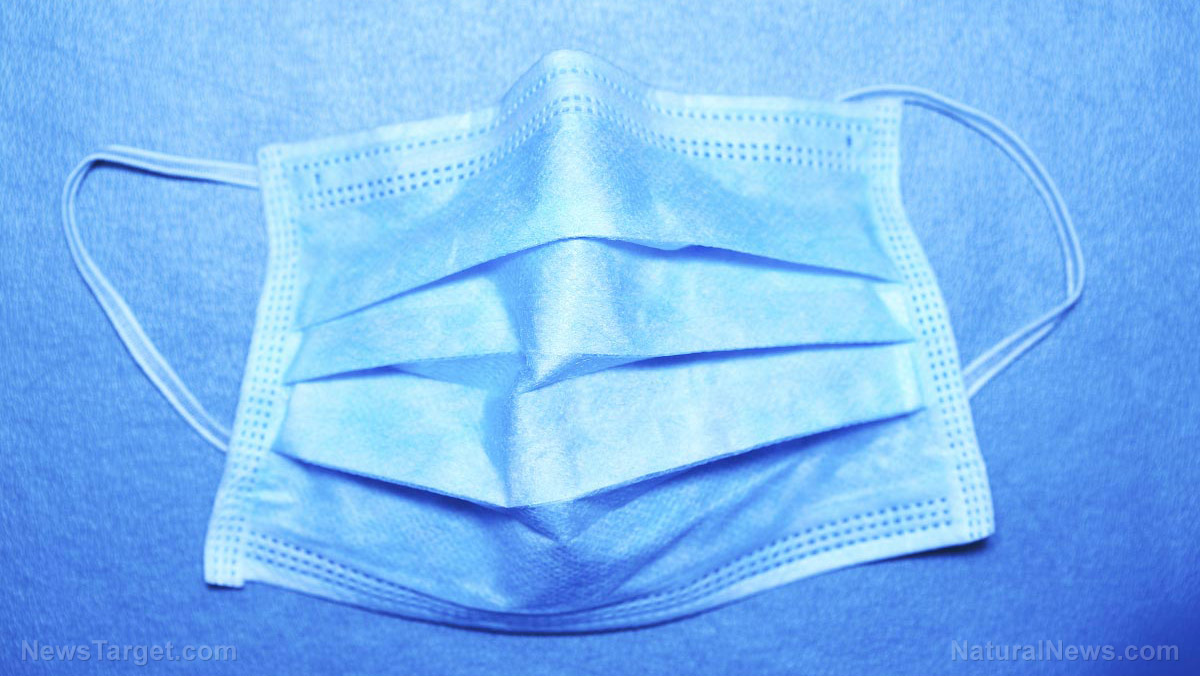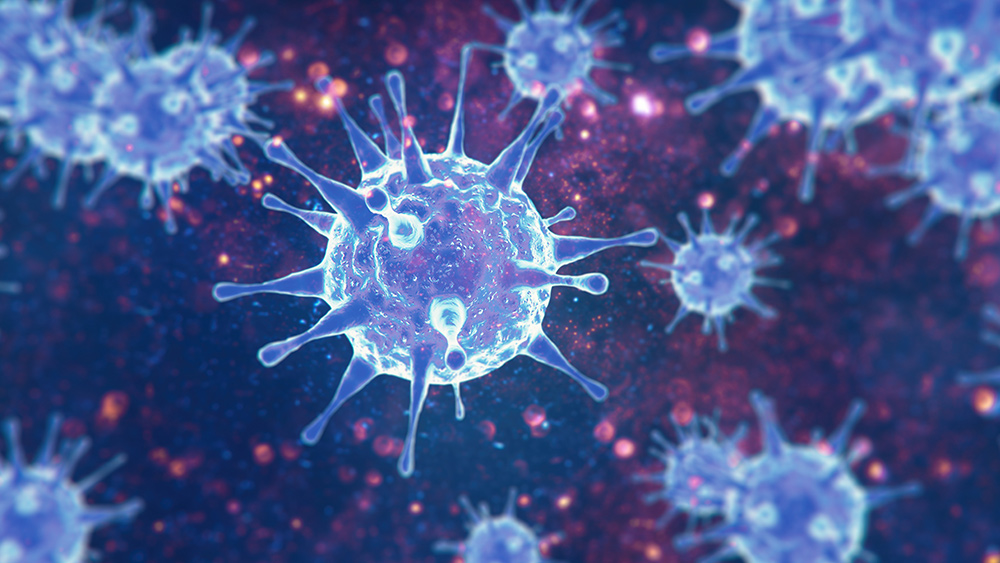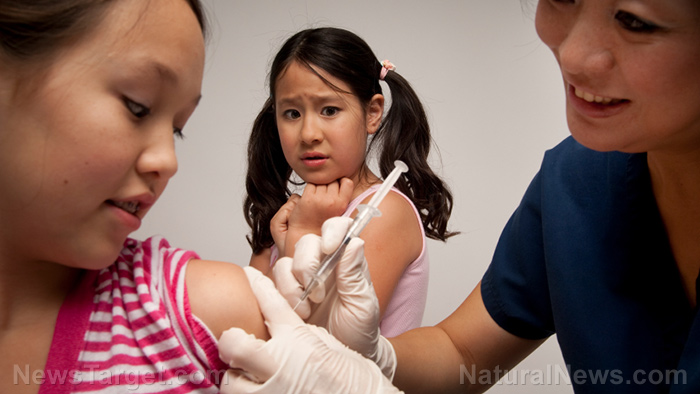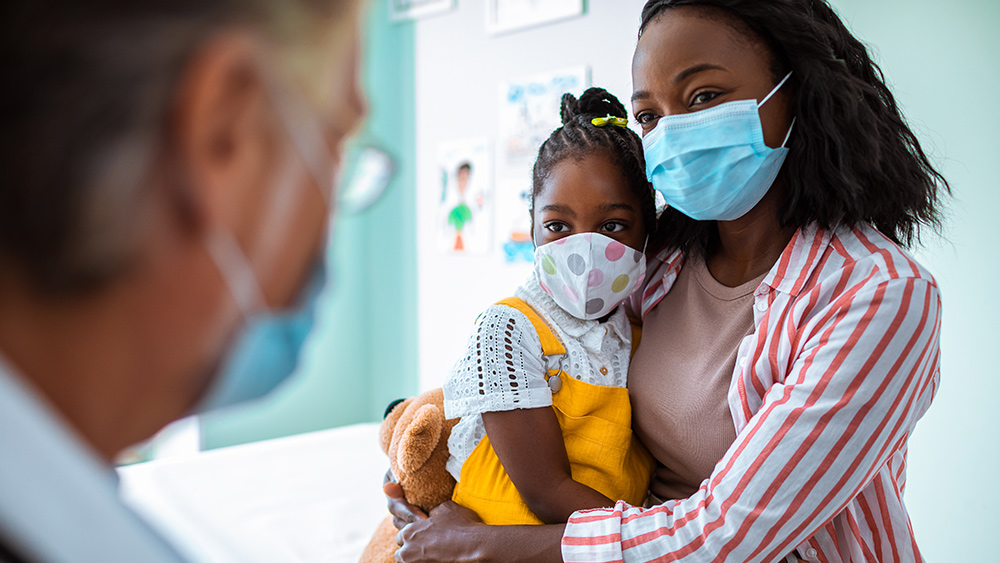Disposable face masks poised to become the next plastic crisis
03/24/2021 / By Divina Ramirez

Single-use face masks made from plastic microfibers are a ticking time bomb for the environment, according to an article published in the journal Frontiers of Environmental Science & Engineering.
Governments worldwide have ordered the use of face masks to stop the spread of the Wuhan coronavirus. This has led to a whooping 129 billion disposable face masks being used each month, or three million masks worn each minute. According to the article, these masks could further exacerbate the problem of plastic pollution if not disposed of properly.
Unfortunately, reports describing the inappropriate disposal of single-use face masks and how their environmental impact is worse than bulk plastics’ have increased in recent months. It is therefore important to recognize the threat that disposable face masks pose to the environment as early as now to prevent them from becoming the next global plastic problem, warned the authors of the article.
Disposable face masks are a ticking time bomb
The standard surgical face mask has three layers. The outermost layer is made of a synthetic fiber like polyester to protect against droplets and splashes. The middle layer is made of thermoplastic polymers melted together into porous sheets. The inner layer is made of an absorbent material, such as cotton.
Different polymers are used in the manufacturing of face masks but polypropylene fabric is used the most. This material is one of the most commonly produced plastics in the world.
The widespread use of this material has led to its accumulation in the environment. When exposed to solar radiation and heat, it eventually breaks down and generates massive amounts of small plastic particles, or microplastics, which can be further degraded into smaller particles called nanoplastics.
These micro- and nanoplastics can then be transported from landfills, roadsides and the like to freshwater or marine environments by surface run-off, river flow, oceanic currents, wind and even animals that ingest them. (Related: Scientists warn that microplastics are harming earthworms, plant health and soil pH.)
The effects of microplastic ingestion on humans are still unclear, but researchers speculate that ingestion can lead to health problems because of the toxic chemicals that can leach from microplastics, such as bisphenol A (BPA). BPA has been shown to interfere with the production and function of reproductive hormones.
Unfortunately, these effects can be further exacerbated by the introduction of nanomasks. Nanomasks are new-generation face masks that use plastic fibers with diameters smaller than one micrometer. Because the fibers are nano-sized, they degrade faster than bigger plastics. Therefore, these masks are potential sources of nanoplastics that can pollute both land and aquatic environments.
That said, the researchers were not able to determine how masks contribute to the number of plastic particles detected in the environment because no data on mask degradation in nature exists at present.
Coauthor and environmental toxicologist Elvis Xu said that one thing is for certain: Disposable face masks may accumulate in nature and release harmful substances, including chemicals and pathogenic microbes. Therefore, disposable face masks pose a threat to human and environmental health.
However, face masks are now being produced worldwide at an unprecedented rate due to the pandemic. China, the largest face mask producer in the world, increased its production by a factor of 10 last year to meet the surge in demand. This puts the production of disposable masks on a similar scale as plastic bottles.
But unlike face masks, some plastic bottles are reusable. Recent studies show that roughly 25 percent of all plastic bottles produced are recycled. In contrast, there are no official guidelines for recycling face masks. Therefore, face masks are more likely to be disposed of as solid waste than reused or recycled.
To close their short commentary, the researchers emphasized that disposable plastic items like masks, utensils, personal protective equipment (PPE) and the like are “irreplaceable” tools for fighting the pandemic. But there are several things that citizens, officials and researchers can do to lessen the negative impact of these products on the environment. Xu and co-author Zhiyong Ren gave the following suggestions:
- Set up mask-only trash bins for collection and disposal
- Replace disposable face masks with reusable ones like cotton masks
- Work on developing disposable face masks made with biodegradable materials
- Consider standardization, guidelines and strict implementation of waste management for masks
Go to Environ.news to learn more about the environmental impact of single-use face masks.
Sources include:
Submit a correction >>
Tagged Under:
coronavirus, Coronavirus pandemic, covid-19, environment, face masks, microplastics, nanoplastics, pandemic, plastics
This article may contain statements that reflect the opinion of the author
RECENT NEWS & ARTICLES
Pandemic.News is a fact-based public education website published by Pandemic News Features, LLC.
All content copyright © 2018 by Pandemic News Features, LLC.
Contact Us with Tips or Corrections
All trademarks, registered trademarks and servicemarks mentioned on this site are the property of their respective owners.




















